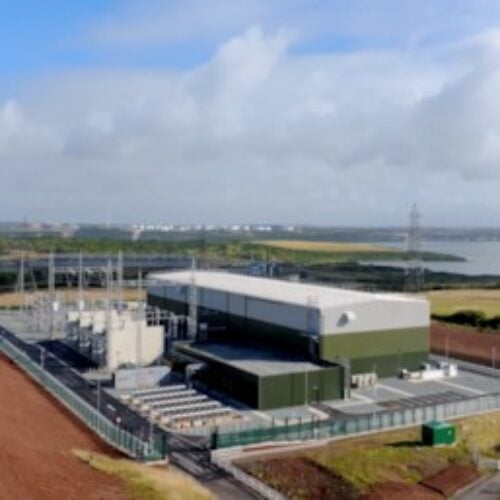SSEN Distribution will invest £200 million in the electricity network in Oxfordshire to support low carbon technologies and ensure network resilience.
Scottish and Southern Electricity Networks (SSEN) said that, along with its delivery partner OCU Group, the investment will insure the area’s network has the capacity and resilience to power homes, businesses and public services with clean energy.
Works will be carried out between now and 2030 across Oxford city, Headington and Yarnton.
SSEN Distribution, which is the distribution network operator (DNO) for central southern England said the works have three aims. The first is to support decarbonisation by enabling connection of technologies like EV chargers and heat pumps, as well as supporting community and small-scale generation for local use.
It also intends to provide a more secure, flexible and resilient electricity supply for the area, and futureproof the network so that it can support a period of planned rapid growth in Oxfordshire. Six county councils in the area have committed to delivering 100,000 homes by 2031, which the electricity network will have to supply.
According to SSEN’s Oxfordshire project director, Carl Pates, the works will be carried out so as to have as little impact as possible on neighbouring communities.
He added: “One of the ways in which we are doing this is to plan years ahead and take steps now to prevent disruption in the future, such as our project to put multiple sections of cable under the ground at the start of these works.
“This will be future-proofed and ready to support forthcoming connections to the network, so we’ll only need to work in some areas once, with no need to return each time a new connection is added.”
Much of the works will take place within existing substation sites.
On a larger scale, National Grid Transmission recently announced another milestone in its Great Grid Upgrade had been reached.
The UK’s electricity system cannot support the scale or the additional strain of the fluctuating nature of renewable energy coming online. This means that the National Energy System Operator (NESO) has to pay wind power plant owners to power down to avoid overwhelming the electricity grid, and new projects face long wait times to connect.
Local works like SSEN’s Oxfordshire project, and larger scale moves like National Grid’s upgrade will increase electricity capacity on the UK electricity grid and enable the country to meet clean power 2030 targets.






